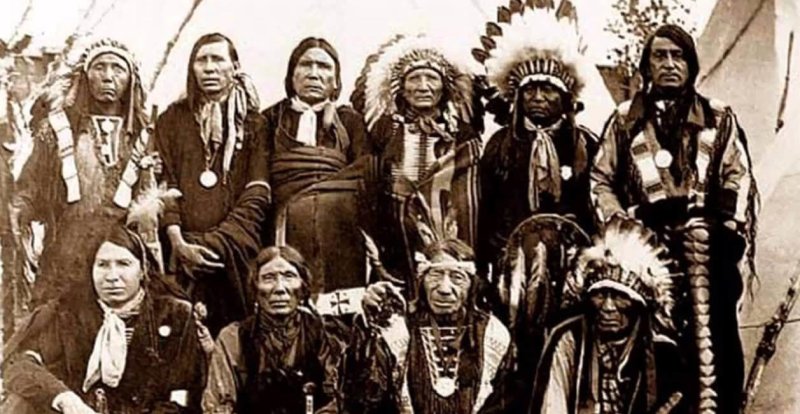While [expeditions by Spanish explorers] unquestionably resulted in the deaths of countless Indigenous people and the relocation of remaining tribes, new research from Washington University in St. Louis provides evidence that Indigenous people in Oconee Valley — present-day central Georgia — continued to live and actively resist European influence for nearly 150 years.
The findings, published July 15 in American Antiquity, speak to the resistance and resilience of Indigenous people in the face of European insurgence, said Jacob Lulewicz, a lecturer in archaeology in Arts & Sciences and lead author.
…
The Dyar mound was excavated by University of Georgia archaeologists in the 1970s to make way for a dam… Using advanced radiocarbon dating techniques and complex statistical models, modern-day archaeologists are able to effectively construct high-resolution, high-precision chronologies. In many cases, they can determine, within a 10- to 20-year range, dates of things that happened as far back as 1,000 years ago.
Missing from the mound was any sign of European artifacts, which is one of the reasons why archaeologists originally believed sites in the region were abruptly abandoned just after their first encounters with Spanish colonizers. “Not only did the ancestors of Muscogee (Creek) people continue their traditions atop the Dyar mound for nearly 150 years after these encounters, but they also actively rejected European things,” Lulewicz said.































